- New virtual reality (VR) apps can immerse the public in lifelike environments and experiences that raise ecological awareness and promote environmentally friendly behavior in real life.
- Cutting-edge VR could have myriad applications for conserving dwindling natural habitats, species and resources.
- Future improvements and ubiquity with more releases of competing consumer VR devices will make the technology a prominent environmental education tool.
Through your big black helmet, you witness the massive bodies of redwoods rise before you from the emerald undergrowth like an ancient congregation. A cool breeze breathes by, rustling the leaves. Stellar’s jays hop in the canopy, their cacophonous calls grating against the chorus of insects chirping in the shadows on the ground. The forest is every bit as alive as you.
As you trek past the plants, their jumbled branches never quite brushing against you, you realize the woods’ soothing murmur has amplified into a disconcerting growl. Suddenly, you feel a chainsaw revving in your hands, overwhelming the pulse of everything around it. You can’t fight it; neither can the trees. Blade meets bark, roaring and spraying wood dust into the air as the machine trembles violently in your hands. Your arms sway back and forth like its motor’s extension, guiding its teeth through the trunk of the sequoia in front of you. You recoil as the tree crashes to the floor, dead lumber to be processed into paper. Helpless, you wonder why you didn’t switch off that saw and stop the destruction. It’s only when the headset comes off and you see the four walls surrounding you and feel the carpet beneath your feet that you remember it was all just virtual reality (VR).
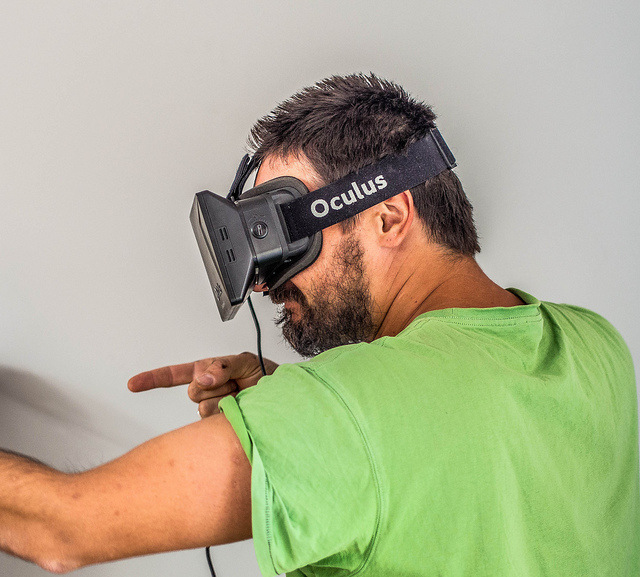
Once of interest only to tech geeks and hardcore gamers, new VR apps can immerse anyone in lifelike virtual environments and experiences that can help raise ecological awareness and promote environmentally friendly behavior in the real world. As a cutting-edge technology that may soon be as commonplace as smartphones, VR could have infinite applications for the conservation of dwindling natural habitats, species and resources.
“We can use VR to experience vivid metaphors for energy consumption, become an animal affected by climate change, swim through an ocean reef in the Mediterranean,” said Jeremy Bailenson, Thomas Moore Storke Professor of Communication at Stanford University, the founding director of its Virtual Human Interaction Lab (VHIL). “If we leverage what is special about the medium–the fact that you can move your body and interact with the scene–then we can create intense experiences that actually change you.”
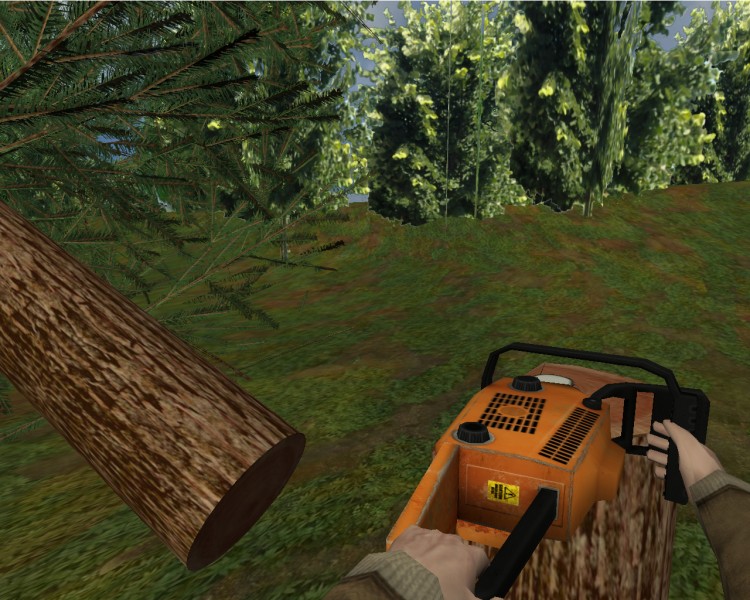
A 2011 VHIL study demonstrates VR’s potential to motivate environmentally friendly behavior. In the innovative study, those who virtually experienced cutting down a tree consequently used less paper and favored recycled paper longer than those who imagined doing so while reading or watching a detailed felling account. First, subjects (n=50) read about how using non-recycled paper contributes to deforestation. Then some read a first-person description or watched a first-person video of chopping down a forest tree, including chirping birds, the vibrating buzzing saw, snapping branches and the crashing tree trunk. Instead, members of the group sent into the VR environment donned helmet-like goggles and entered a computerized 3D woodland brought to life by sensory details making it resemble a real forest. They held a joystick called a haptic device to guide the chainsaw and fell the virtual tree; the controller vibrated in their hands after three minutes to simulate the resistance felt in actual sawing.
Although all participants claimed the study had strengthened their belief that personal actions could enhance environmental wellbeing, only the VR loggers actually decreased paper use. Dr. Sun Joo Ahn, whose dissertation revealed the findings, identified this discrepancy by counting how many paper napkins subjects used to mop up water she purposely spilt on their desks. On average, those who had experienced VR consumed 20 percent less; they exhibited a long-term preference for recycled paper, whereas the others’ increased awareness of and action to reduce paper waste lasted no more than a week. The virtual experience made people feel more personally accountable for the arboreal destruction, observed Ahn; the research suggests that repeated or long-term exposure to embodied VR experiences could produce even greater behavioral changes.
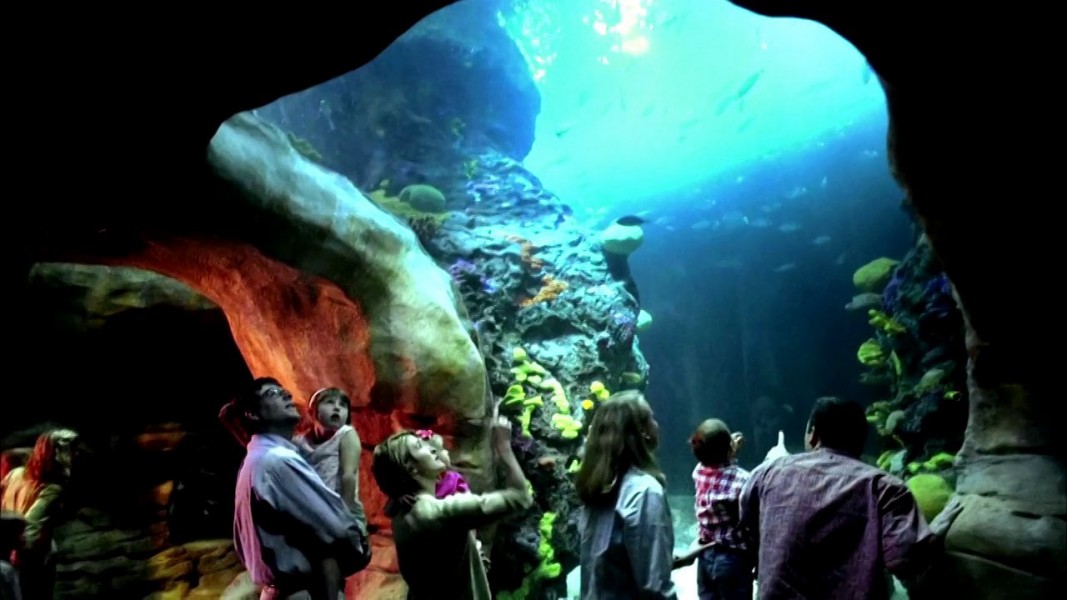
With Stream Scene Extreme—its River Ecosystem Conservation app—the Tennessee Aquarium in Chattanooga is one of the first to harness VR’s promise for public environmental education. At the aquarium, students can soon dive into a virtual representation of the Conasauga River and snorkel through computerized forms of stream pollution to learn about these environmental disasters’ consequences. They’ll be immersed in water projected around them by Oculus Rift, a black headset shaped like a huge sleep mask. It contains monitors, aligned to the wearer’s eyes, that project a 3D image that takes over his or her field of vision; a position-tracking camera and a cluster of sensors swiftly follow the subject’s head movements.
The wearer will swim by schools of fish and undulating aquatic plants and watch concernedly as the water becomes murky and dead fish float upward due to certain types of pollution. Dialog boxes will pop up, explaining each problem’s cause–increased turbidity from soil at a construction site, fertilizer runoff from a tomato farm or rainwater pouring directly into the stream because of impermeable concrete in a residential driveway–and offering a choice of solutions to clean up the river. The virtual snorkeler will understand by witnessing, as firsthand as possible, how these management options would affect the riverine ecosystem.
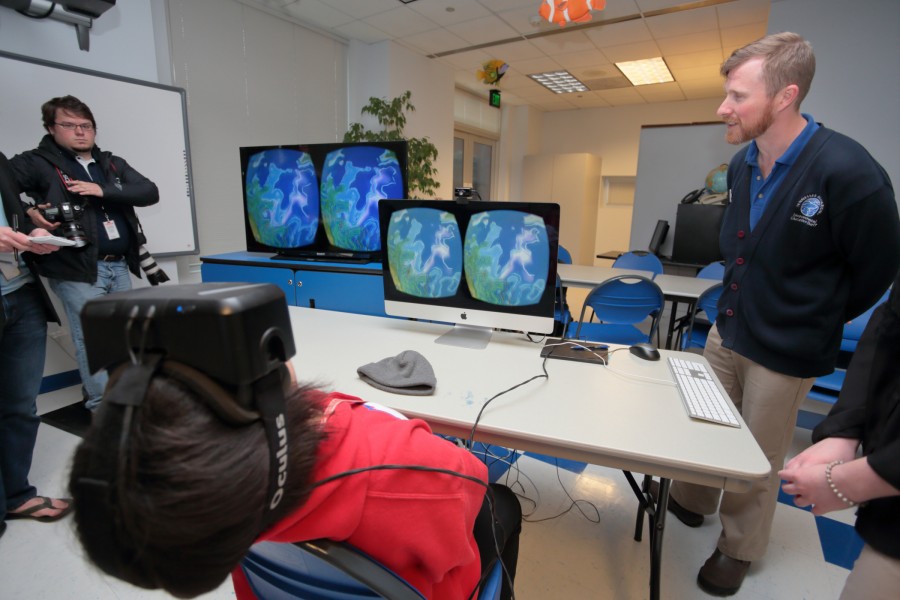
Faculty and students at Tennessee Technological University (TTU)’s iCube, an interdisciplinary initiative funded by its College of Business to encourage TTU to imagine, inspire and innovate (thus, “I” Cube), developed the virtual river. Interested in designing their first VR app, iCube staff proposed the simulation to supplement the aquarium’s environmental education program. The creators based it off a card game they’d tried at the aquarium, used to communicate selected pollutants’ ultimately fatal repercussions for indicator species. iCube and aquarium workers discussed how to turn it into an interactive critical-thinking classroom exercise where elementary and middle school students would advise classmates in the VR on how to restore the stream.
The production team included a lead artist, lead programmer, content experts consisting of aquarium staff and environmental science and education majors and students from other disciplines, such as computer science. They worked from last December to March, using technologies such as Maya, Unity, C#, Oculus Rift Dev Kit 2 and VisCube by VisBox. Developers put the game on Oculus Share, a website where anyone can download completed VR projects, allowing Stream Scene Extreme, the sole environmental education app on there at the moment, to raise awareness about river conservation worldwide. Over 2000 iCube office visitors have tried and positively responded to the VR river experience.
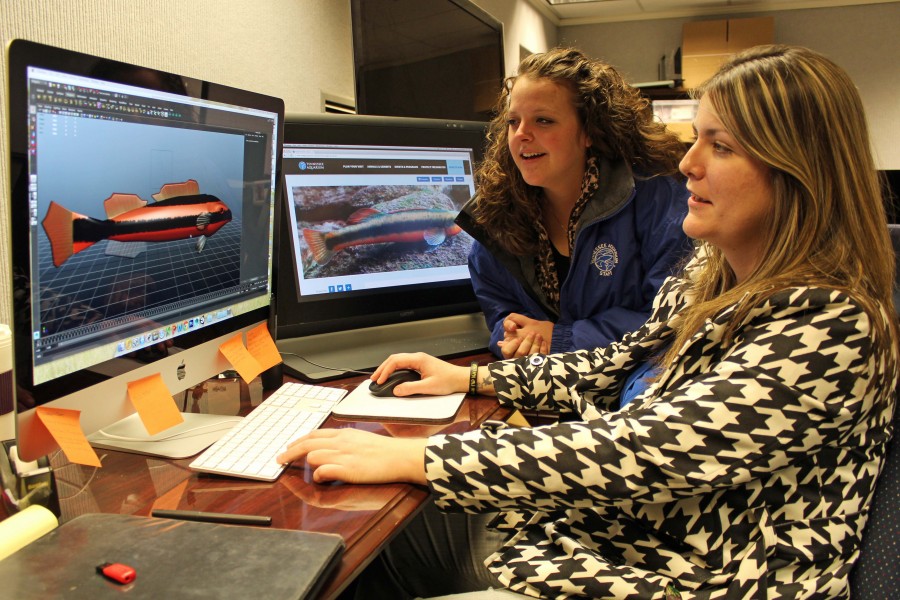
As Kevin Liska, founding director of TTU’s Business Media Center puts it, this immersive technology aims to enhance real-life behavior beyond conventional education’s capacity.
“To allow people to get immersed into a river and experience the impact of different pollution sources, that’s something that, without this technology, you can only talk about,” he told the Times Free Press. “Virtual reality is a better way of showing causes because people get more engaged in it.”
Bailenson concurs, noting that VR provides the level of engagement necessary for behavioral change.
“It’s going to let people see things they couldn’t before,” added Business Media Service Center Coordinator Amanda Ellis. “When they jump in the river, they watch the fish die. VR’s going to let people get closer to the conservation effort. They’re going to see the effects of pollution or damage to the environment. It’s going to give them more empathy and drive to make change.”
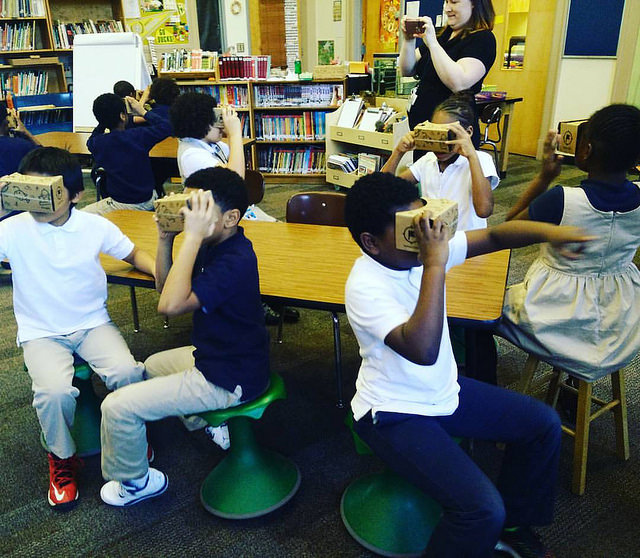
The aquarium will implement the simulation with the ongoing release of Oculus Rift’s new consumer version and is soliciting funding for a set of smartphones that will enable several students to simultaneously experience VR using Google Cardboard.
“The simplicity of the Cardboard means this is more mobile and can be taken offsite easily. We can have multiple users at the same time without multiple computers and [a] lot of wires,” said Tennessee Aquarium Education Program Manager Carrie Shaw.
Still, VR poses some disadvantages. One broad concern is that it could widen the gap between people and nature by providing a more convenient, accessible alternate experience, further physically removing and psychologically disconnecting them from their actual environment. Like standard video games, VR could inhibit experiential ecological awareness in impressionable children and apathetic adults.
According to the Stream Scene Extreme folks, the technology currently has specific technical shortcomings as well.
“It does limit the quality of the image that TTU’s artists produced, and affects the maneuverability of the user within VR space as staff cannot guide them as easily,” said Shaw about Oculus Rift.
Ellis also brought up issues with the hardware, mainly overstimulation or the inability to perfectly match head and eye movements in the current version inducing dizziness and nausea, or cyber sickness, in some users.

But future improvements addressing drawbacks, and projected ubiquity over the next five years with the release of competing new VR devices such as HTC Vive, she believes, will make the technology a prominent environmental education tool.
“Now that consumer VR is here to stay, all types of virtual reality applications, including those to promote conservation, will be readily available to the public,” agreed Bailenson. “For the first time in VR history, we can share these experiences digitally with people across the globe.”
